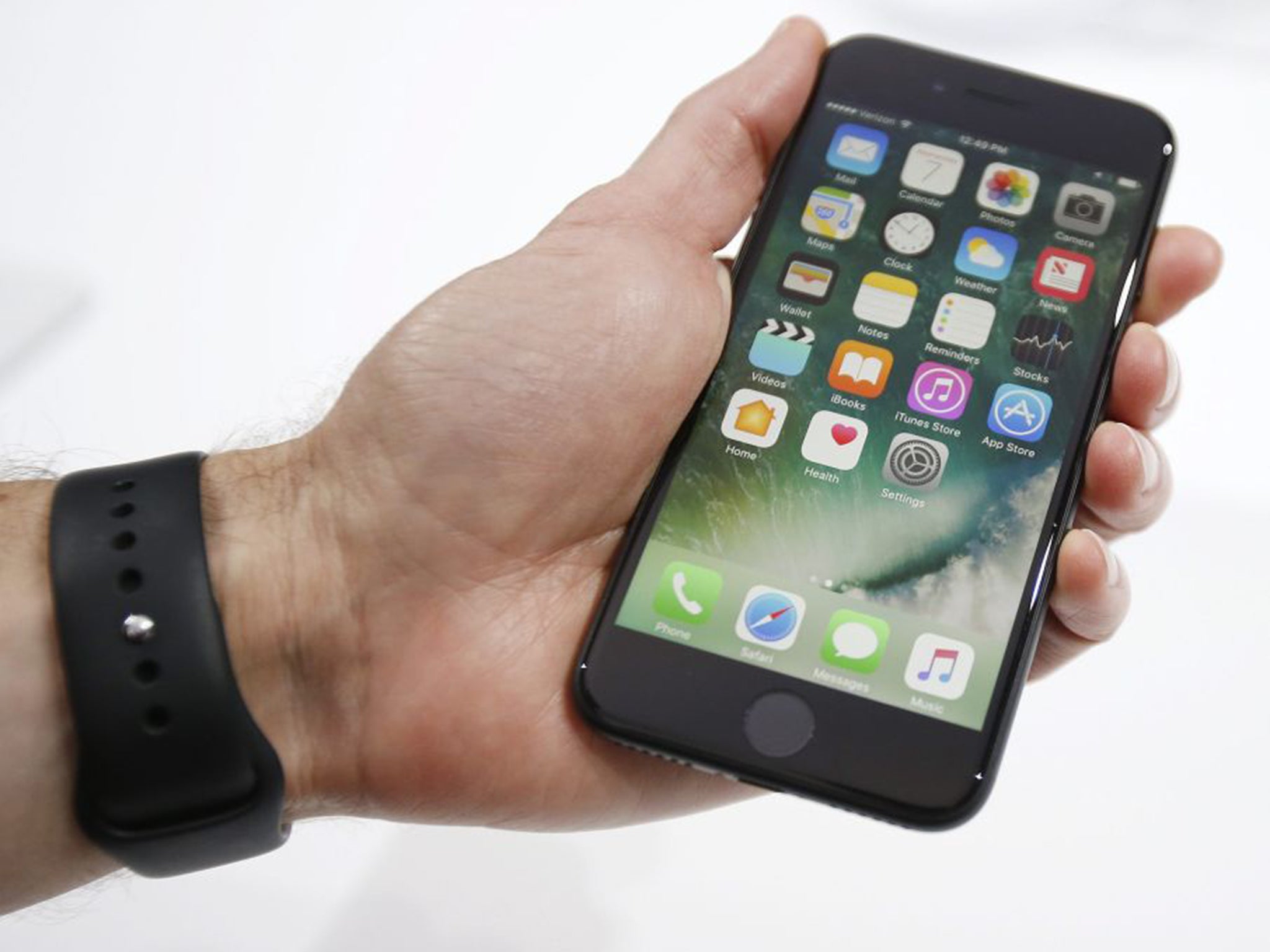iPhone 7 release: Home button may have been removed because people in Asia don’t press it, new theory suggests
People are afraid that using their home button will lead it to break, and so they don't press it. Apple’s solution might have been to remove it entirely

The iPhone 7 doesn’t have a home button. And it might not have been removed for any of the reasons that people previously thought.
Until now, people have presumed that the pressable home button had been removed. It might have been to help make it waterproof, they had suggested, or to get ready for Apple’s new phone that might not have a visible button at all.
But it might in fact have been removed because people in Asia don’t tend to press it at all, according to a new theory.
In pictures: Apple iPhone 7 launch event
Show all 13Until now, Apple’s phones have had an actual button on their bottom that is pressed to get back to the home screen. But now it just has a sensor, which isn’t actually a button at all but uses vibrations to make you feel like it is being pressed.
According to Apple expert and technology blogger John Gruber, that might have been done to get around a strange behaviour seen in many users in Asia and elsewhere in the world. In many of those places, people turn on a feature called AssistiveTouch – where people get a special button on their screen which they can press instead of the button on the bottom.
People do that to try and keep their home buttons from wearing out, articles have suggested in the past. And even though Apple’s home buttons have changed in recent years and seem not to actually wear out with time, that behaviour has persisted.
“It’s because of the fear that the home button may be broken,” wrote Wang Yijie on Quora, in answer to a question about why people in Beijing were using the AssistiveTouch feature. “iPhones are not cheap in China so people take care of them while using.
“Several years ago people began to complain about their home button being easily broken and it has somehow been a widely recognized truth, so even the home buttons are not that easy to be broken, they tend to use AssistiveTouch instead. When you buy an iPhone in China the salesman would automatically turn on this function while helping you to do the settings.”
Mr Gruber suggested that it was because of that change that Apple removed the button on the bottom. At the very least, the fact that a huge number of Apple’s users barely actually touch the home button should mean that the effect of changing it will be minimised.
But he concluded that it was unlikely that the new button would change those people’s behaviour, anyway.
“Apple solved the problem with the vastly superior Touch ID buttons, but the belief persists that they’ll wear out,” he wrote. “I think Apple designed this no-click button in the hopes that it will get these people to use the home button as intended. But now we’re all stuck with a button that doesn’t feel as good.
“The worst part is, I wouldn’t be surprised if this no-click button doesn’t change the behavior of these people. UI habits are hard to break, and superstitions are resistant to reason.”
Subscribe to Independent Premium to bookmark this article
Want to bookmark your favourite articles and stories to read or reference later? Start your Independent Premium subscription today.

Join our commenting forum
Join thought-provoking conversations, follow other Independent readers and see their replies